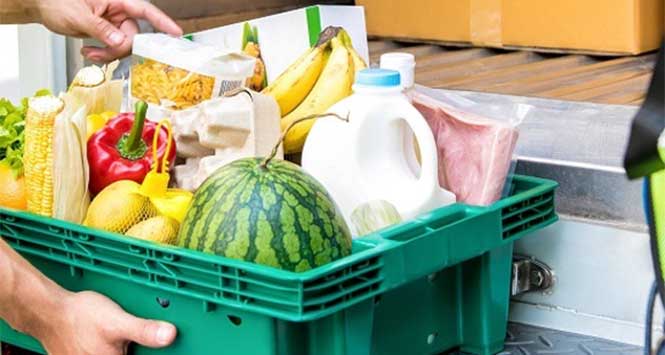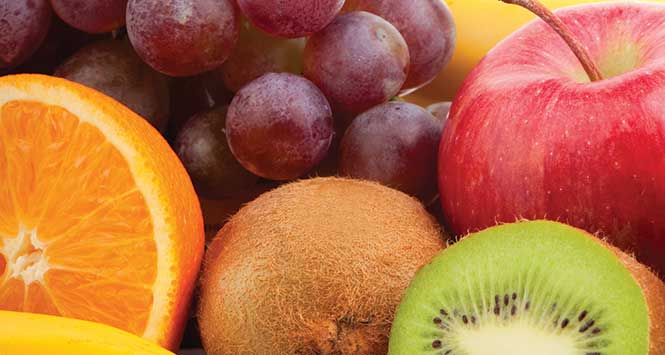The ACS’ Local Shop Report provides a fascinating insight into the current state of the industry, and in the first of a two part report into this year’s report, SLR takes a look at the fundamental changes in convenience.
By Kevin Scott
The 2013 ACS Local Shop Report quite rightly describes local shops as serving all types of communities across the UK. That is the raison d’être of a local shop and as such they must adapt to each individual environment. The report splits this into five store types: High Street, Suburban Parade, Rural Village, Commuter Site and Forecourt.
You might find you can easily slot your own shop into one of these types, or you may just as easily think you fit into a profile outwith the above, but what is certain is that your shop is one of 49,840 in the UK. That’s quite a number. Getting more specific, in Scotland there are 5,368 shops – one for every 973 people.
That means Scotland has more shops per person than any other part of the country. Hugely impressive stuff. What’s perhaps more impressive is that the industry employs 41,606 in Scotland. Shop ownership Independently owned shops make up the vast majority of the UK’s c-stores, with 77% of all shops independent.
Multiple chains and co-operatives make up the other 23% – though this smaller sector of the market brings in a far higher proportion of sales, with both these store types being the only ones that have sales value above store numbers – £5.6bn sales for 3,054 multiple stores and £3.9bn sales for 2,589 stores. When this is compared to non-affiliated independents (19,200 shops bringing in £6.6bn) and even symbols (16,412 stores for £13.6bn) the scale is stark. That said, as these numbers reveal, symbol stores generate more revenue than any other store type. Breaking down the ownership of stores further, 39% of total store numbers are unaffiliated and 32% are symbol groups.
The remaining 8% of this combined 77% are forecourts. This is a hugely interesting statistic as it shows how the gap between symbol groups and unaffiliated shops is shrinking. While the number is UK-wide, and Scotland tends to over-index in unaffiliated stores, the investment that symbol groups are putting into recruitment is paying off. Elsewhere 10% of stores are multiple forecourts (which gives forecourts an 18% total market share), Co-ops take 5% of the market – remember this is in store numbers and not sales value, while the multiples take 6%, which given the rate of store openings from the likes of Tesco and Sainsbury’s shows just how much local shops continue to dominate the space – if only they could match the sales value of the mults and we’d really have something to shout about.
Top sellers The key categories continue to drive sales in local shops with tobacco, unsurprisingly, coming out on top, representing 19.9% of all sales in c-stores. What is of more note however is the 13.2% for chilled foods, putting it in second place (and first really given the duty and tax on tobacco products). The industry has made huge leaps forward in the last couple of years on the chilled and fresh, especially from the symbol groups and the strategy appears to be working. Beers, Wines and Spirits take 12.3% before Canned and Packaged Grocery (9.2%), Soft Drinks (6.6%) and Fruit & Veg (5.9%) follow.
News and Magazines might only account for 4.8% of sales but 27% of independent retailers offer a Home News Delivery service. 70% of independents offer bill payment services, while more than one in six offer home grocery delivery, proving again that local retailers are fully immersed in their communities and not just behind their tills. Next month we’ll take a look at the role that staff and customers play in keeping the convenience industry going.







